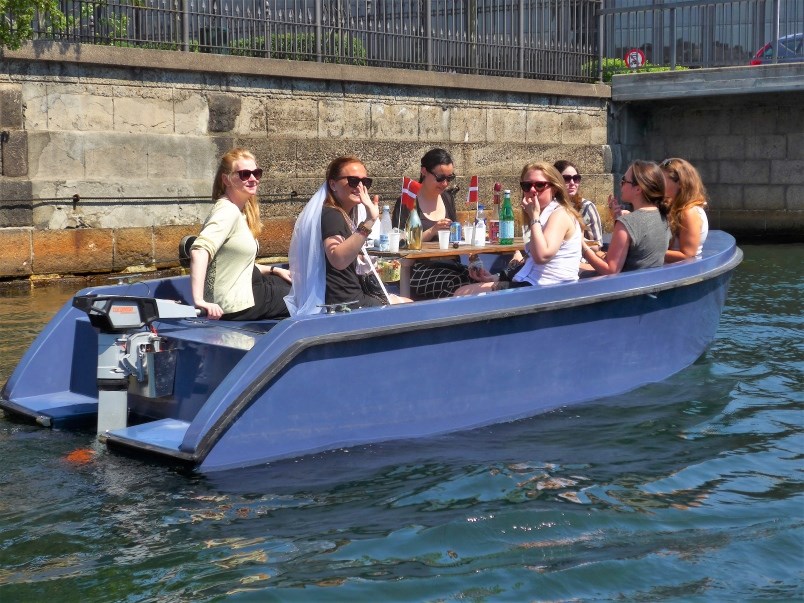Looking back, looking forward
Where did the year go? It seems like only yesterday we were celebrating New Year’s Eve, and here we are approaching Christmas.
In January, I will offer some predictions for the coming year. But this month, I would like to review some highlights of earlier 2016 columns.
In January, we received our 2016 BC Assessment tax notices and my first two columns for the provincial government to revise how it classifies residential properties, rewarding those who live in more compact, sustainable housing forms.
I also wrote how many of us can defer paying our property taxes, and was shocked how many people were unaware those 55+, as well as others, can at minimal interest cost.
As we await our 2017 tax assessments, which will result in substantial increases for many single-family homeowners, you may want to learn more about deferring your taxes. Just go to the B.C. government tax site .
In February, where I discovered the high cost of housing was forcing many people to commute long distances to work. But rather than commute daily, they were commuting weekly, spending the week in a small furnished bedsitting room. I wrote that I hoped that would not happen here, only to be told it is already happening.
Many of my subsequent columns looked at different ways to address housing affordability, a topic that consumed Vancouverites throughout the year.
Some included allowing housing to be built above or alongside light-industrial developments such as high-tech offices and craft breweries.
I alsoto allow housing along the South Shore of False Creek, where a berm is located next to West 6th Avenue, and upon a narrow strip of land along Cambie Street, currently forming part of the Langara Golf Course.
These properties could accommodate a lot of affordable housing and generate revenues to fund social housing elsewhere around the city.
In May, I suggested in Fort McMurray. While we are not likely to suffer from fires, we are likely to be subjected to flooding and earthquakes. I urged readers to review their insurance policies to see what coverage they had in place.
Government officials were also urged to think about the need to upgrade the older rental housing stock, much of which will not survive an earthquake.
Also in May, I wrote about the undertaken by the Greater Â鶹´«Ã½Ó³»Board of Trade (GVBOT) in collaboration with the Conference Board of Canada. It examined how Â鶹´«Ã½Ó³»compared with 19 other world cities, under a variety of economic and social indicators.
We came 9th, due in large part to our unaffordable housing and the relatively small percentage of the population aged 25-34.
In a related GVBOT workshop on housing affordability, it was noted that while much of Â鶹´«Ã½Ó³»is zoned for single-family houses, there is a shortage of land zoned for multiple family housing.
(As an aside, last week, the president of CMHC also chastised the city for its severe shortage of land suitably zoned for more affordable housing choices.)
In June, following a visit to Hamburg, Rotterdam, Amsterdam and Copenhagen, I wrote that Â鶹´«Ã½Ó³»should make for transportation, housing and public enjoyment.
I questioned why we do not have more ferry services around the region, including a TransLink ferry to UBC.
In Europe, I was struck by how many people were out on the water, enjoying picnics in small boats, often rented by the day. Others watched them from the many waterside restaurants.
Many people were also living on the water in barges, converted live-aboards, and floating homes like those found at Granville Island and Canoe Pass Village in Ladner.
I thought we should better emulate these European cities.
In two weeks, I will review highlights from other columns. In the meantime, you can review past columns of any Â鶹´«Ã½Ó³»Courier columnist by clicking and typing in the columnist’s name.
@michaelgeller



